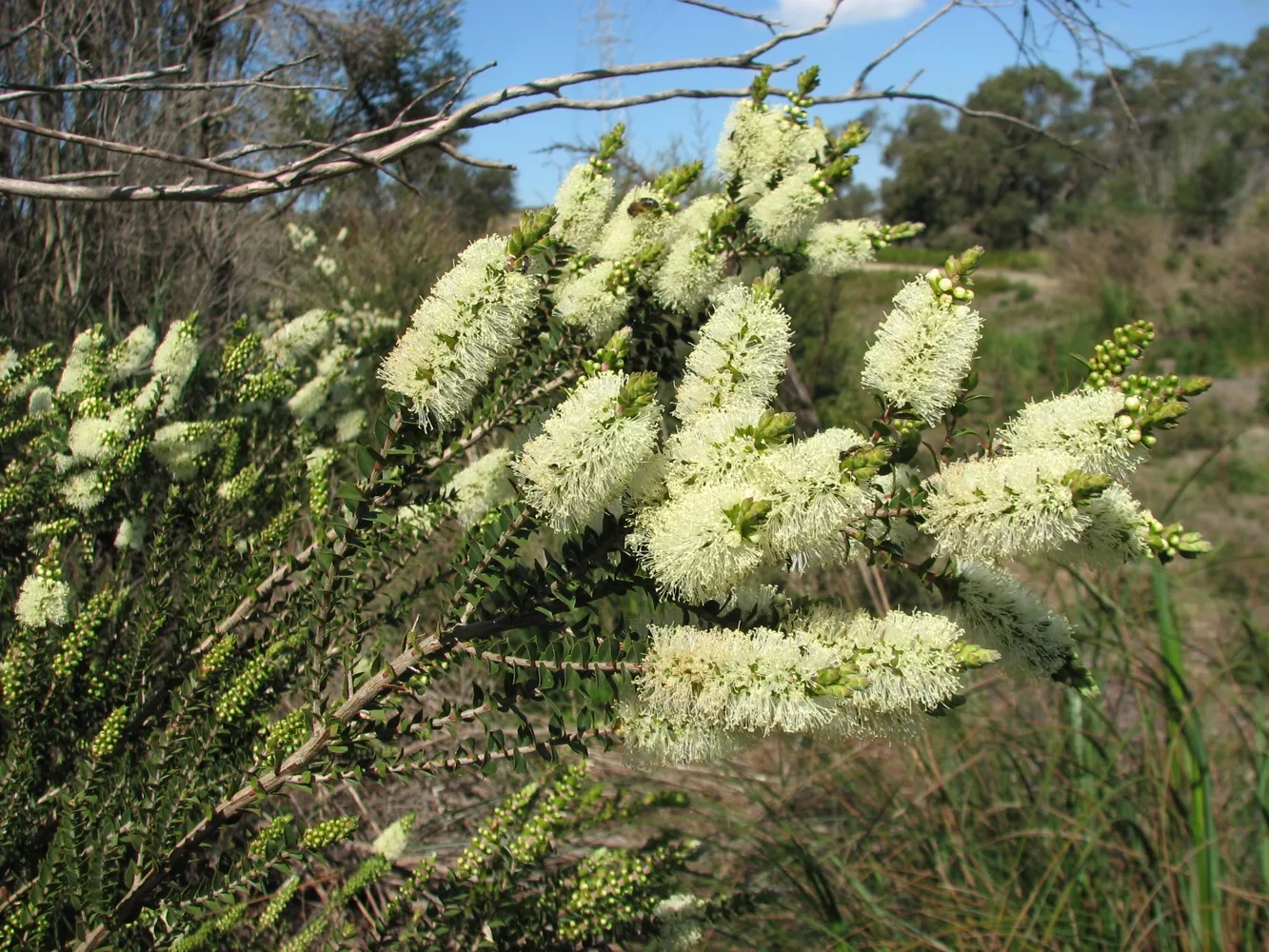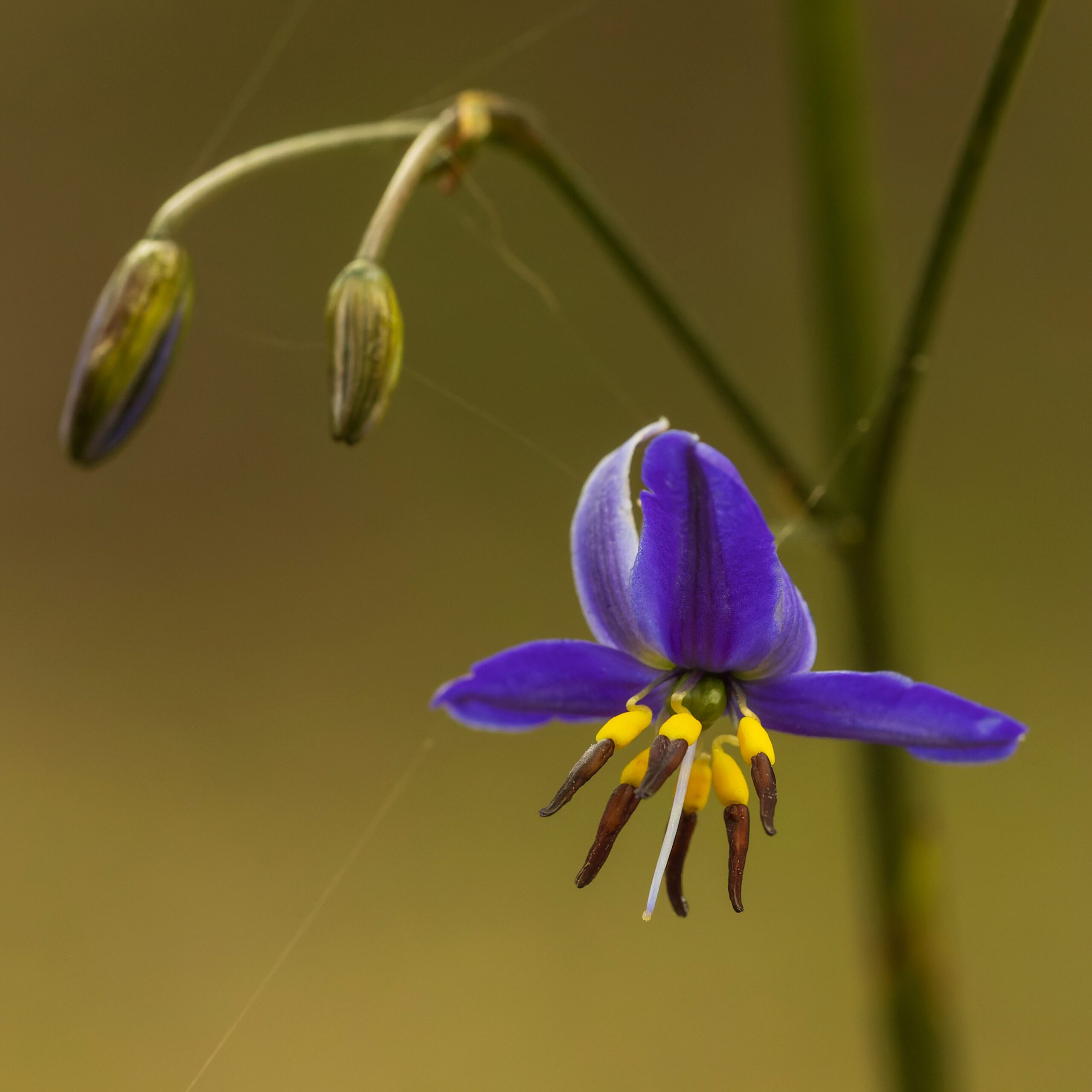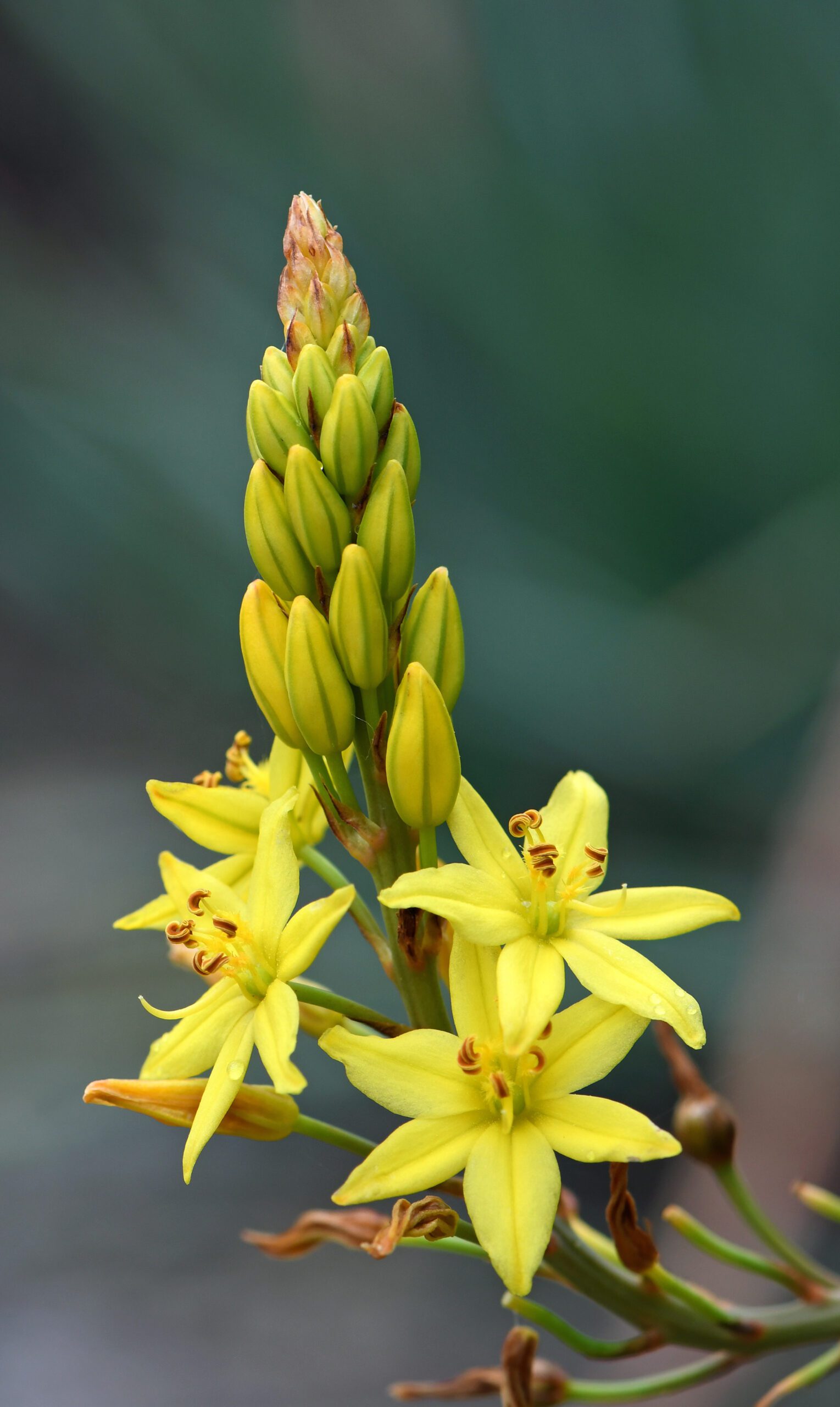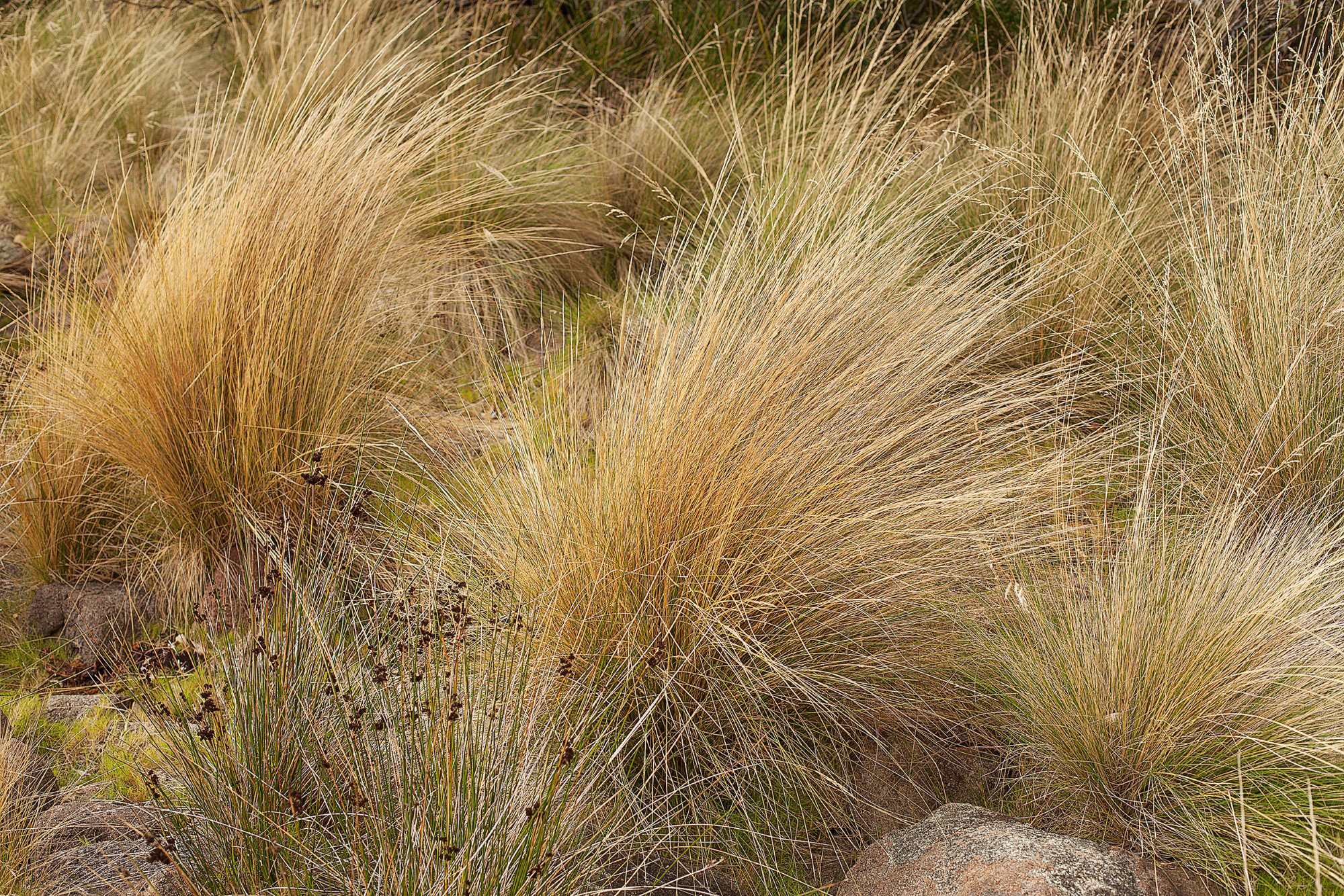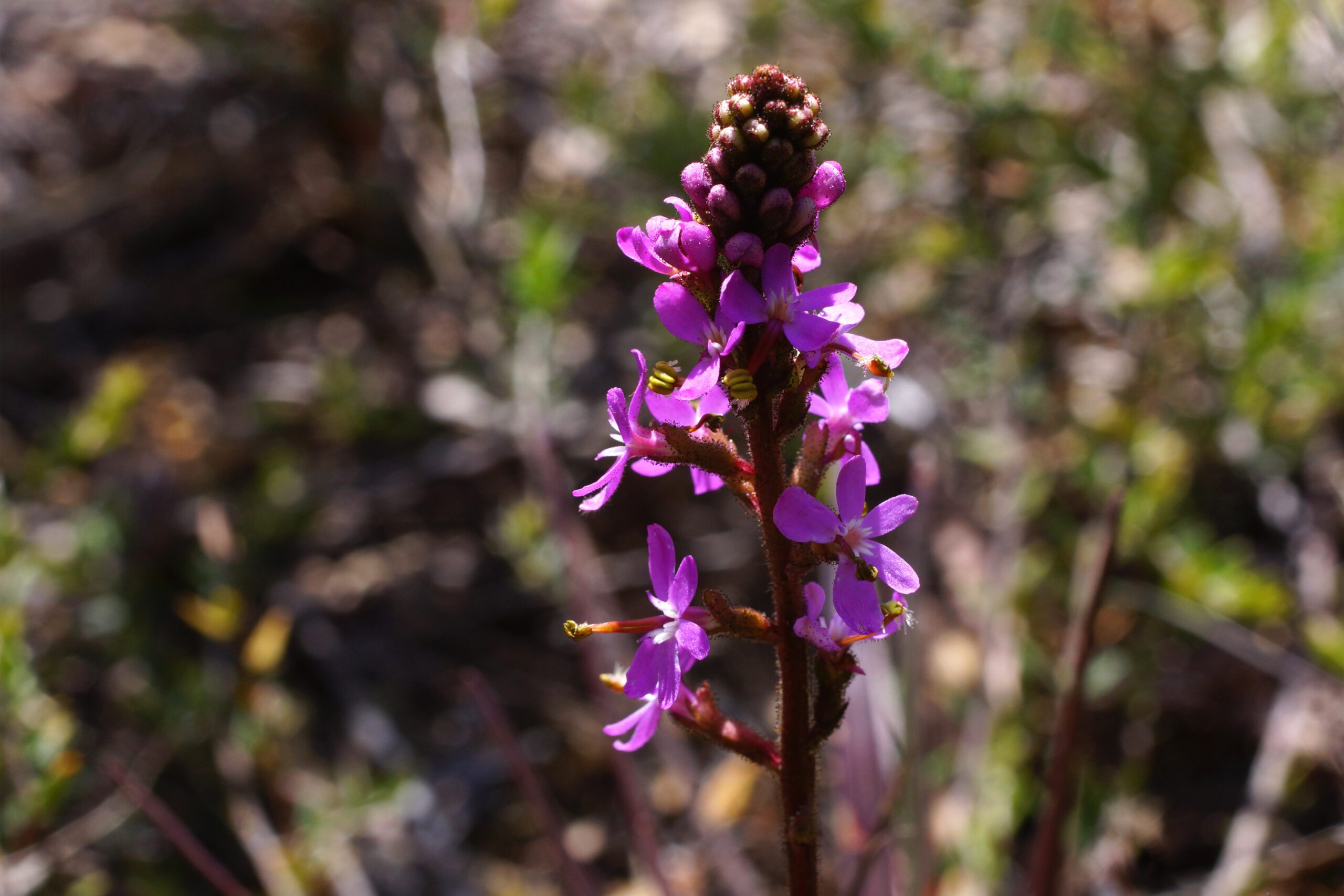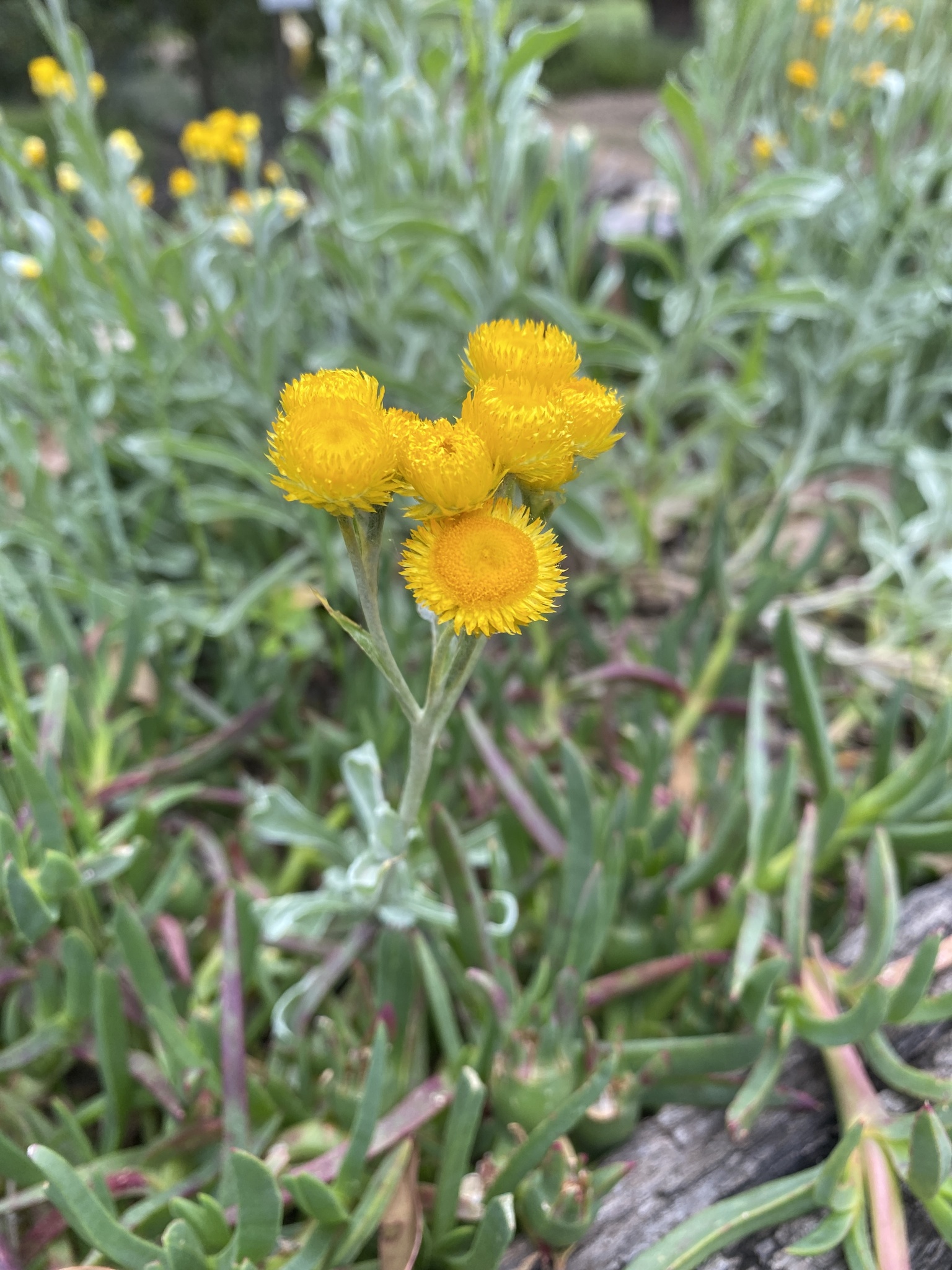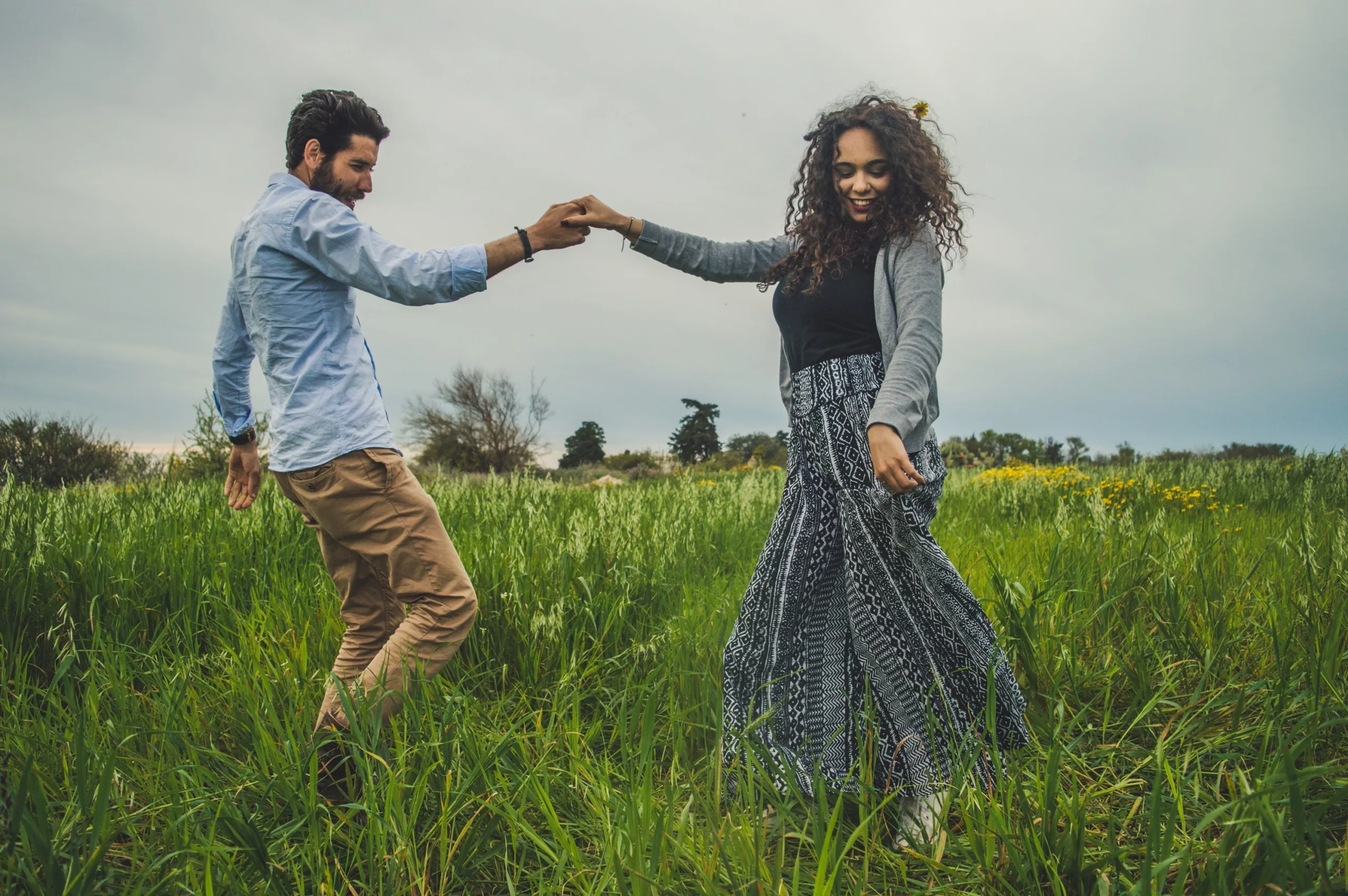Follow us on Instagram #mlrasprout
Mine rehabilitation usually requires a lot of different species of vegetation to achieve a rehabilitated mine. Different species are used in different regions and for a variety of reasons.
As part of the ongoing discussion regarding rehabilitated landscapes, the Mine Land Rehabilitation Authority has made seed packs available to start the conversation about what species might be planted around mines and why.
In the Latrobe Valley, the coal mine batters require covering either with water or soil covering to prevent ember attack and a coal fire. The soil cover will need to be anchored in place so that erosion is kept to a minimum and the cover remains in place. One way to achieve that is through the shallow root mats produced by grasses and ground covers. Larger trees are probably not ideal for use on covers as they have deeper reaching root systems, and often reduce growth area for the smaller shallow rooted plants. There is also a consideration that could possibly burn through to the underlying coal beds if a fire were to sweep through the area.
Vegetation cover can also be used to construct conservation areas within the rehabilitated mine, these species need to encourage biodiversity by providing habitat and food.
Our seed packs contain native seeds that could be considered for use in mine rehabilitation. They consist of a variety of flowering ground covers that are shallow rooted, quick to grow, potentially providing the required anchoring for the soil cover and also habitat and food for smaller animals.
The information we have provided for these species includes: plant form and function, distribution maps to show where these species are found naturally and pictures that display the mature form of the plant.
For information about each of the five different species of seed you have in your pack, please click on the plant name.
